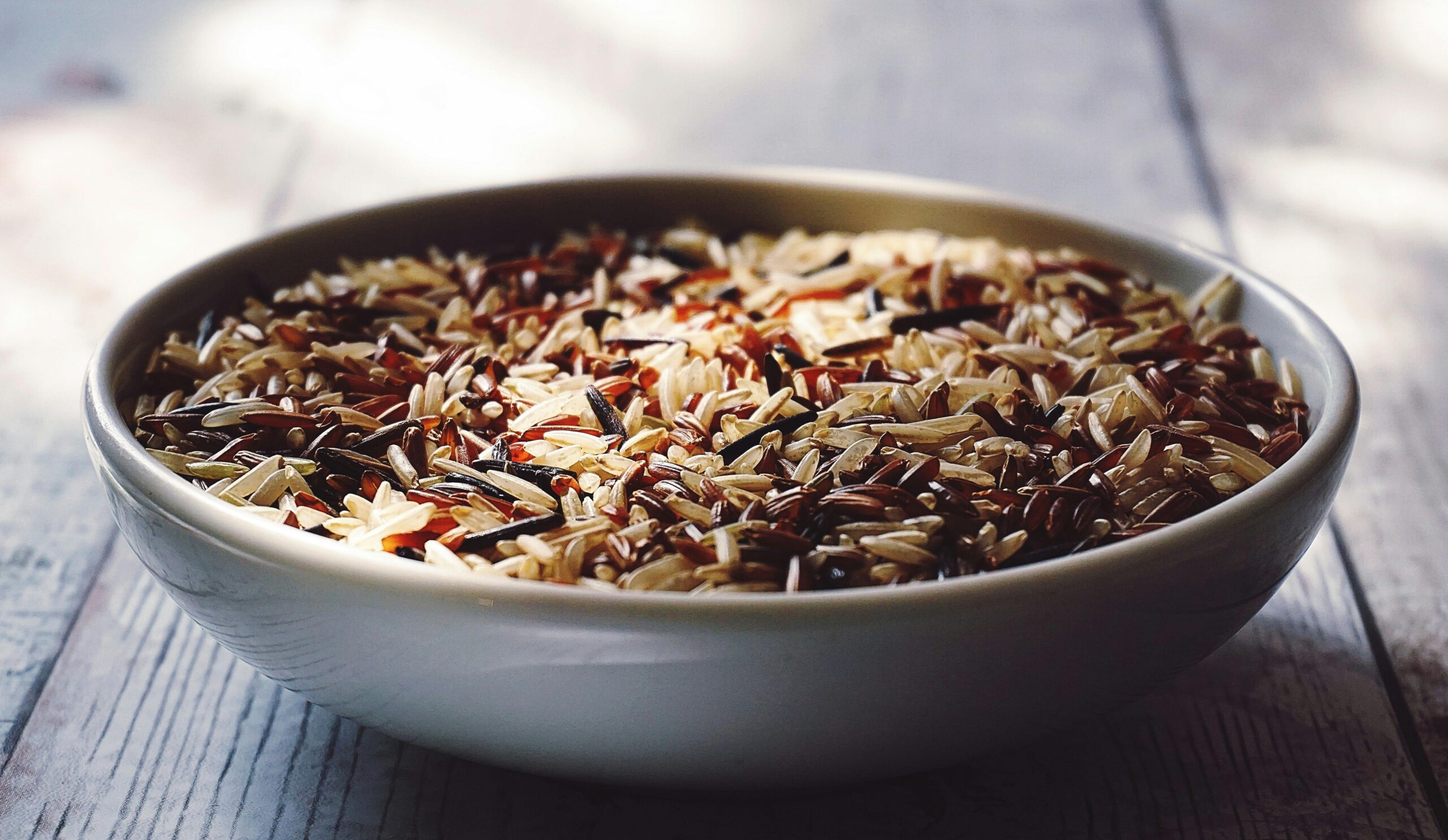Whenever you cook rice or grains, let them cool for about 30 minutes and then refrigerate or freeze the leftovers promptly instead of leaving them out for hours.
This simple habit reduces food waste, improves food safety, and lowers the emissions linked to wasted food and supports SDG 12: Responsible Consumption and Production.
Why It Matters
Globally, 17% of all food available to consumers is wasted, contributing about 8–10% of global greenhouse gas emissions. (Source: United Nations Climate Change)
Rice is one of the most wasted staple foods. Improper storage after cooking — such as leaving it at room temperature too long — can allow bacteria like Bacillus cereus to grow, making it unsafe to eat and often leading to it being discarded.
In the U.S., wasted food generates about 170 million metric tons of CO₂-equivalent emissions annually, much from uneaten prepared meals. (Source: USDA – Food Waste FAQs)
Rice production is also resource-intensive, contributing about 10% of global methane emissions. (Source: FAO – Methane Emissions from Rice Fields)
The Impact
If one household prevents just 1 cup (about 150 g) of cooked rice waste each week, it saves roughly 7.8 kg of rice annually. Producing that amount of rice emits about 15–20 kg of CO₂-equivalent and uses hundreds of liters of water.
If 10 million households worldwide adopted this habit, that’s 150,000 metric tons of rice saved every year, preventing emissions equivalent to 1.5–2 million metric tons of CO₂-equivalent.
How to Start (Today)
Once your cooked rice or grains have cooled for about 30 minutes, transfer them into airtight containers and refrigerate promptly.
If you won’t eat them within 2 days, freeze portions to keep them fresh for weeks.
Plan your meals so you reheat and consume stored rice before cooking new batches.
Caution
Rice can contain spores from Bacillus cereus that survive cooking, and if cooked rice sits too long at room temperature, these spores may multiply and produce heat-resistant toxins. (Source: Cooking and Reheating Safely, UK Food Standards Agency).
Always reheat rice until it is steaming hot throughout before eating, and never reheat rice more than once.
If the rice has an unusual smell, color, or texture, discard it.
Bottom Line
Tonight, save your leftover rice by cooling and storing it right away.
This small, practical habit keeps food out of the trash, cuts methane emissions, and helps us move closer to SDG 12: Responsible Consumption and Production.




